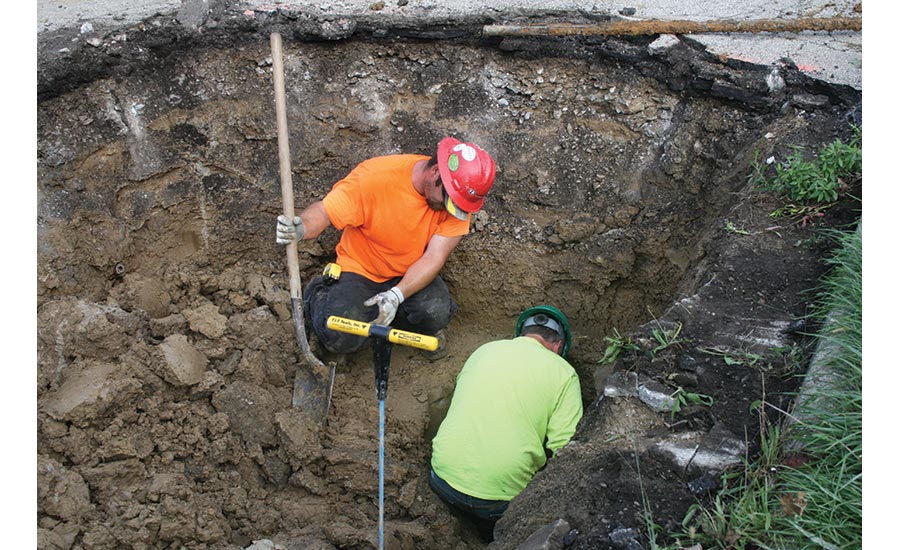After more than two years in limbo, a federal credit-assistance program for water projects is opening its loan window. The Environmental Protection Agency on Jan. 10 announced that it has begun accepting applications for the Water Infrastructure Finance and Innovation Act (WIFIA) program. It could help to fund up to $2 billion in infrastructure projects.
Congress authorized WIFIA in the 2014 Water Resources Reform and Development Act but hadn’t appropriated money to issue loans. Prompted in part by the Flint, Mich., water crisis, Congress appropriated $17 million for WIFIA loans in the stopgap spending bill, enacted on Dec. 10.
EPA says the $17 million will parlay into $1 billion in loans and other credit assistance. Because WIFIA aid can account for only up to 49% of a project’s cost, the other 51% from non-WIFIA funding should bring projects’ overall total to $2 billion. EPA said the first round of submissions will close on April 10.
Under WIFIA’s original authorization, utilities were barred from combining tax-exempt bonds and WIFIA loans to finance projects. That restriction made WIFIA unworkable for most local water agencies, but it was removed in the 2015 FAST Act transportation measure.
Tommy Holmes, American Water Works Association legislative director, says he is cautiously optimistic about the loan program but notes, “We are not saying WIFIA will be the end-all” to meet water infrastructure needs that, AWWA says, top $1 trillion.
Pat Sinicropi, National Association of Clean Water Agencies senior director for legislative affairs, calls WIFIA “another tool in the toolbox” that will be appropriate for some projects—probably those that are large and long term.
Under WIFIA, which is modeled after the Transportation Dept.’s 19-year-old Transportation Infrastructure Finance and Innovation Act (TIFIA), loans can be used by states, local governments and private entities to complement or substitute for aid from a state revolving fund for projects that cost $20 million or more. Communities with populations of 25,000 or less can seek loans for projects costing $5 million or more. Wastewater, drinking-water, energy efficiency, desalination and drought-related projects are eligible in both size categories.
WIFIA will provide credit assistance, such as loans or loan guarantees, at the Treasury bond rate to credit-worthy projects for up to 30 years. EPA believes that each EPA WIFIA dollar can support $50 to $60 in loans, or up to $1 billion.
If EPA accepts a project for WIFIA, the utility or agency would have to pay a credit subsidy, which Holmes says will be similar to the cost of tax-exempt bonds. That fee can be rolled into the loan.
The Associated General Contractors of America is excited to see WIFIA finally get off the ground, says Scott Berry, director of utility infrastructure. But AGC still will push for higher state- revolving-funds appropriations because it thinks states, not the EPA, should pick the projects, he says.
The new program could fit into the Trump administration’s plans to expand public-private partnerships to invest in infrastructure. Steve Hall, American Council of Engineering Companies vice president of government affairs, says, “WIFIA is a natural vehicle.”



Post a comment to this article
Report Abusive Comment